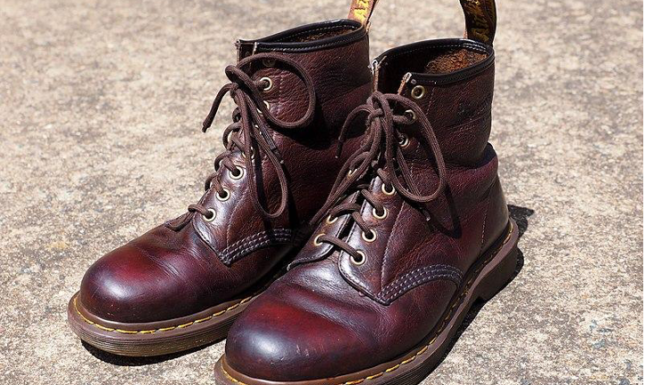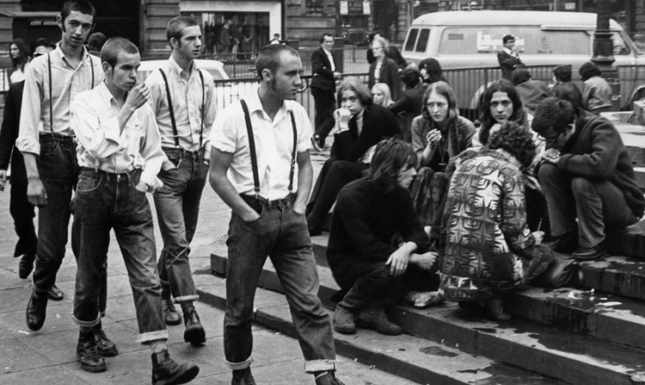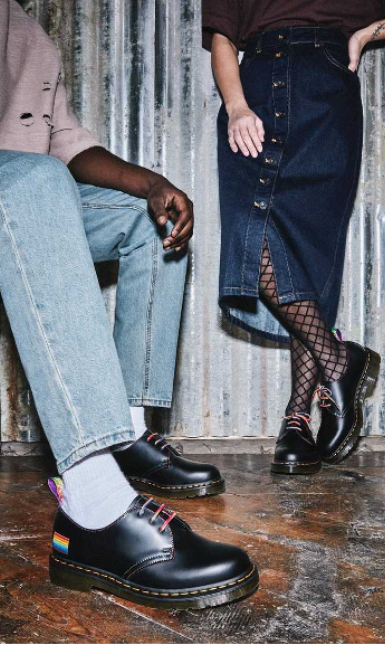A History in Your Shoe Rack: Dr. Martens Boots
How much history can a pair of boots tell you? I reviewed the article of Dr. Arthur Crucq on the popularization of Dr. Martens, and I will never stop wearing them.
When I was a teenage girl who was into rock music and alternative fashion, Dr. Martens boots were a wardrobe essential I always wanted to own. For me, they were a very trendy and great way of expressing my musical taste and where I placed myself in society. After purchasing a pair, I started getting more involved in a so-called “community” of people who wore the same boots and began to learn more about what wearing those particular combat boots meant.

Dr. Arthur Crucq is a lecturer at Leiden University Centre for the Arts in Society, and one of the courses he teaches is the BA3 seminar “Sensing Style” which aims to go back and take a look at the history of how subcultures and visual arts interact and through this analysis understand the concept of style. In his article titled “Double ‘class’: on the popularization of Dr. Martens” published in 2021, he puts the boots under the spotlight of the investigation of their socio-cultural backgrounds and delves into how their social image has evolved over the years. As Crucq states in his article, Dr. Martens boots were first manufactured as workman’s boots, to be durable and worn comfortably for long hours in factories. Later, its popularity shifted to the skinhead culture in the late 1960s. Skinheads would wear oxblood red boots with white laces, expressing racial pride. Besides being an expression of the support towards the working class or white supremacy, the boots were commonly worn by many different subculture who were strongly distancing themselves from rightwing sympathies and were far more leaning towards the left.

The brand somewhat wanted to soften its ties with political and alternative expressions, and gain a spot in the mainstream culture as well. So, in the early 1990s, the boots started to be promoted as a slightly more elegant version of combat boots. This was Dr. Martens’ aim of regaining the boots to the society as politically neutral clothing items. From this point onwards, Dr. Martens boots seen as a “fashion classic.”

Crucq’s article offers a great overview of the role and status of Dr. Martens boots in society. The article takes us on a time travel from the times when the boots were strongly associated with political views, to the era where different worldviews and fashion styles are do not have borders anymore. Today, anyone from any sociocultural background and any fashion style can wear Dr. Martens and adapt them to their own ways of expressing themselves.
As a loving user of these boots, I was very hooked on this article. I already somewhat knew that the boots were first made to be workman’s boots, and they became a common fashion item much later on. Reading the article of Arthur Crucq was an interesting journey in the history of these boots. Dr. Martens boots have been at the center of shoe fashion for a long time, and I do not think that they will stop being so anytime soon. The boots have a permanent role in the way people express themselves, and the more they are worn by the society, the more values they will be attributed. Long live the yellow stitches!
Derin Bulat is a second-year Arts, Media and Society student in Leiden University. She is a student assistant at Leiden University Centre for Arts in Society and a student mentor, and she follows the HumanitiesLab track of the Honours Academy. She is interested in museum studies, digital cultures, philosophy and anthropology.


0 Comments